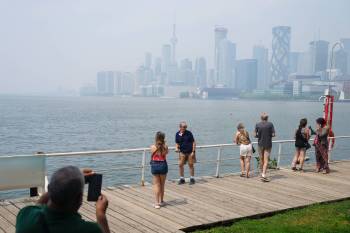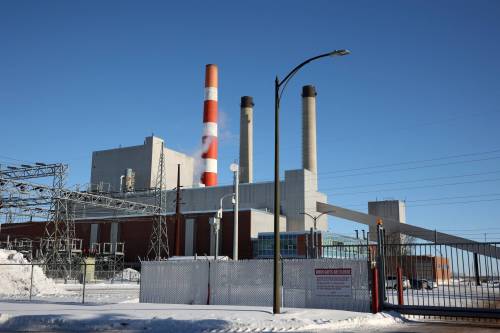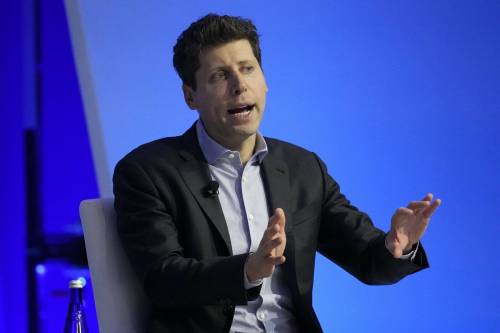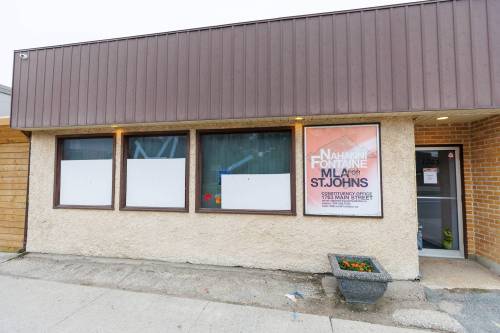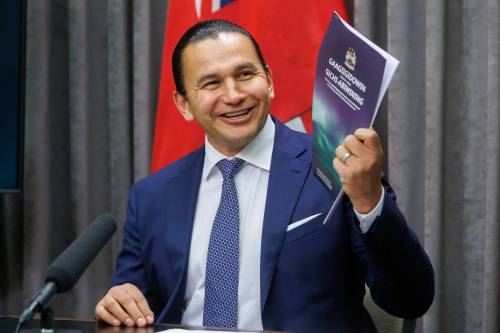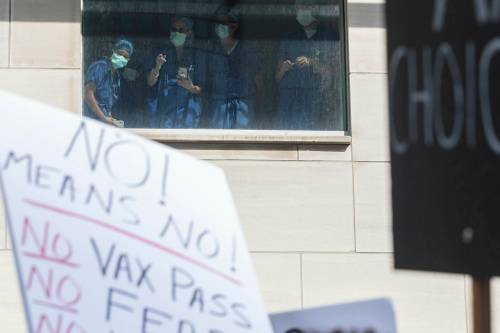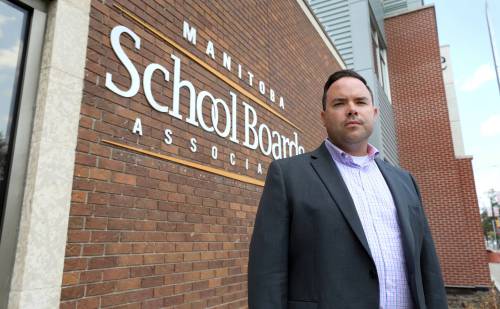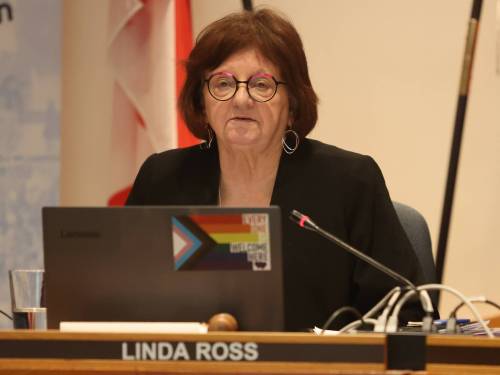Columns
Canada is woefully ill-prepared for disasters
5 minute read Friday, Dec. 5, 2025A fault line in Canada’s Yukon territory has stirred after more than 12,000 years of geological sleep. Researchers studying the Tintina Fault, which stretches 1,000 kilometres from northeast British Columbia into the Yukon and towards Alaska, have found evidence that the fault has built up at least six metres of unrelieved strain.
Like a loaded weapon, it may now be primed for a massive earthquake. To most Canadians, the news passed as a remote curiosity from the North, but the fault lies within a tectonic system that extends under Western Canada and hints at deeper vulnerabilities in eastern Ontario and beyond. Below the surface lies an uneasy truth: Canada is not immune to catastrophe.
A wildfire burned through the hills of Los Angeles in early 2025. Schools closed, emergency alerts buzzed across phones and emergency crews scrambled to get ahead of the flames as Southern California experienced one of its worst wildfire seasons on record, again.
Meanwhile, in Canada, smoke from record-breaking wildfires blanketed major cities, sending air quality plummeting in Ottawa, Toronto and Montréal.
Advertisement
Wildlife, tourism at risk in Churchill
5 minute read Preview Sunday, Nov. 30, 2025Time for Canadians to bank on Canada Post
4 minute read Preview Friday, Dec. 5, 2025Missed opportunity will produce higher greenhouse-gas emissions
5 minute read Preview Friday, Dec. 5, 2025RCMP’s release of body camera footage sets dangerous precedent
5 minute read Preview Wednesday, Dec. 3, 2025Disillusioned Gen Z, millennial consumers can drive real change
6 minute read Preview Monday, Dec. 1, 2025What would Marx say about the AI bubble?
7 minute read Preview Sunday, Nov. 30, 2025Experimental course proves prescient
5 minute read Preview Sunday, Nov. 30, 2025Acknowledging World AIDS Day
4 minute read Preview Sunday, Nov. 30, 2025A tough decision for women
5 minute read Preview Friday, Nov. 28, 2025Election feelers hint at Kinew’s aspirations
5 minute read Preview Friday, Nov. 28, 2025Online harassment silencing Canada’s health experts
6 minute read Preview Friday, Nov. 28, 2025Looking past the spin on education property taxes
5 minute read Preview Thursday, Nov. 27, 2025Motherhood changes how women spend, save, think about money
6 minute read Preview Wednesday, Nov. 26, 2025Higher school taxes a preventable problem
4 minute read Preview Tuesday, Nov. 25, 2025Canada should not stand for China’s threats toward Japan
5 minute read Monday, Nov. 24, 2025Canada cannot afford to stay on the sidelines of escalating tensions between Japan and China.
China has co-ordinated an all-of-society attack against Japan ever since Japanese Prime Minister Sanae Takaichi answered a question in the National Diet on Nov. 7 to clarify that Chinese military action in a Taiwan conflict would be a “survival-threatening situation.” This classification could justify mobilization of Japan’s Self-defence Forces in certain contingencies.
The immediately shocking response was that China’s Consul General in Osaka, Xue Jian, seemed to threaten decapitation of Takaichi in a since-deleted X post. Rather than apologize for the consul’s inappropriate remarks, China doubled down in a domestic and international campaign against Japan.
In a PLA Daily editorial, translated and published by Global Times, China’s military characterized Takaichi’s remarks as the most aggressive act against China in 80 years, raised the spectre of Japanese militarism and warned that Japan will suffer consequences if Takaichi does not retract her “wrong remarks.”
LOAD MORE

